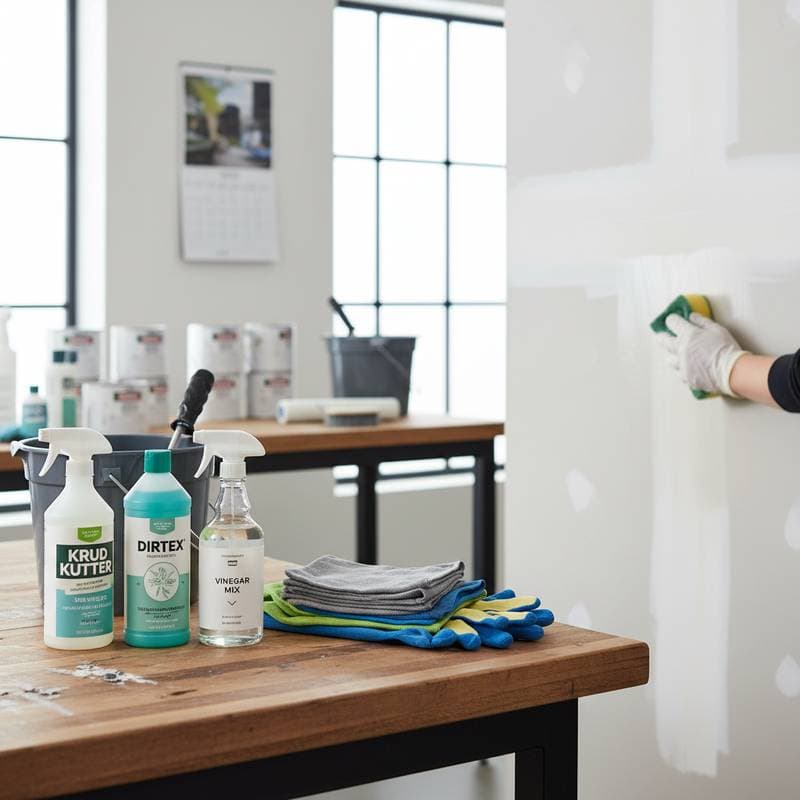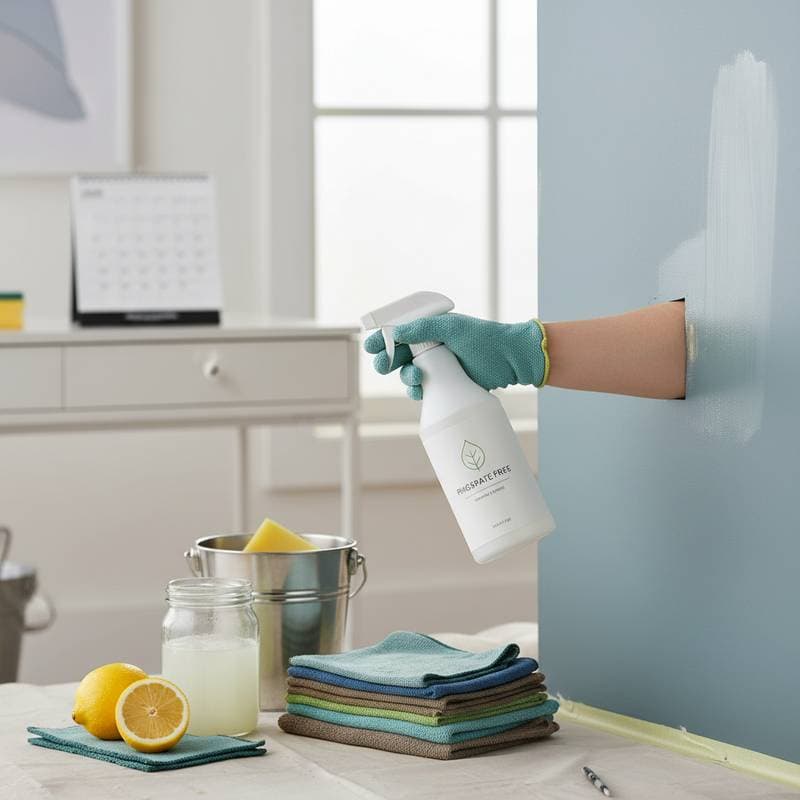Why Plaster Walls Cost Three Times More Than Drywall in 2025
Plaster walls offer exceptional depth, texture, and structural integrity that enhance living spaces. Homeowners frequently question the significant price difference when compared to drywall installations. The primary factors include the specialized skills, extended timelines, and precise material handling that plaster demands, which exceed the straightforward processes of drywall. This examination reveals the sources of these costs and provides guidance for informed project decisions.
The Craftsmanship Behind Each Layer
Drywall installation proceeds efficiently: panels are mounted, seams are taped, a skim coat is applied, and the surface is sanded before painting. Plaster application, however, qualifies as a skilled trade. It requires multiple hand-applied coats, with each layer allowed to cure fully before the subsequent one begins. The mixture must achieve exact consistency, and errors become permanent once the plaster sets.
A standard plaster installation typically involves a base coat, a brown coat, and a finish coat. These layers demand distinct materials and implements. The extended duration and advanced proficiency elevate labor expenses substantially. Fewer qualified plasterers exist compared to drywall specialists, further increasing rates. This process yields authentic old-world texture through genuine artisanal techniques rather than mere superficial treatments.
Key Material Considerations
Drywall relies on prefabricated gypsum boards with paper facing and joint compound, ensuring uniform quality. Plaster systems employ site-mixed components such as lime, sand, and gypsum. The mixing process requires precise timing to maintain workability, as premature setting leads to waste and higher material expenditures.
Contemporary options include veneer plaster applied over blueboard, which reduces labor while preserving a smooth, substantial surface. This method serves as an effective compromise for those seeking plaster aesthetics without committing to traditional multi-coat applications. Select materials based on project scale and desired finish to optimize costs.
Time and Equipment Demands
Plaster installation necessitates careful pacing, with drying periods and quality checks between stages. Hasty application risks cracks or irregular surfaces. In contrast, drywall teams complete rooms in a short timeframe, minimizing on-site hours. Even with equivalent material prices, the disparity in labor duration positions plaster as considerably more expensive.
Plasterers utilize specialized equipment, including hawks, darbies, and trowels designed for specific finishes. Proper maintenance and cleaning of these tools form essential aspects of the trade. Preparation also contributes: substrates must provide stability, often incorporating lath or bonding agents. These preparatory steps extend the overall timeline and associated expenses.
Comparative Budget Strategies
Entry-Level Option: Opt for drywall enhanced with a premium skim coat or textured finish to introduce subtle depth. Apply joint compound using a broad trowel to simulate plaster effects, followed by matte paint for a diffused appearance. This approach delivers visual interest at a modest investment.
Intermediate Option: Select veneer plaster on blueboard for quicker installation and reduced coats, while attaining a refined, tactile surface. It suits accent features or primary areas effectively.
Premium Option: Invest in traditional three-coat plaster for unparalleled depth, resilience, and sound absorption. This choice excels in heritage restorations or luxury constructions emphasizing historical accuracy.
Durability and Upkeep Essentials
Well-maintained plaster endures for decades, resisting impacts, dampening noise, and managing moisture effectively. Drywall offers simpler repairs but lacks comparable longevity. Although upfront costs exceed those of drywall, plaster provides long-term savings through reduced need for interventions and sustained visual appeal.
Address minor cracks promptly with matching repair compounds to prevent expansion. Avoid using drywall joint compound on plaster, as compatibility issues arise. Apply breathable sealers or paints to maintain the material's inherent equilibrium.
Visual and Practical Performance
In design applications, such as those featured in media, plaster excels by diffusing light evenly and creating layered dimensionality. This quality enhances photographic and video representations, conveying sophistication subtly. For spaces intended for documentation or display, plaster imparts an elevated, bespoke character.
Selecting the Right Approach for Your Space
Choices among traditional plaster, veneer hybrids, or refined drywall depend on project priorities. The elevated expense of plaster reflects commitments to skill, deliberation, and lasting quality. Partner with experienced professionals to set realistic goals and secure walls that combine robustness with refined presence.



